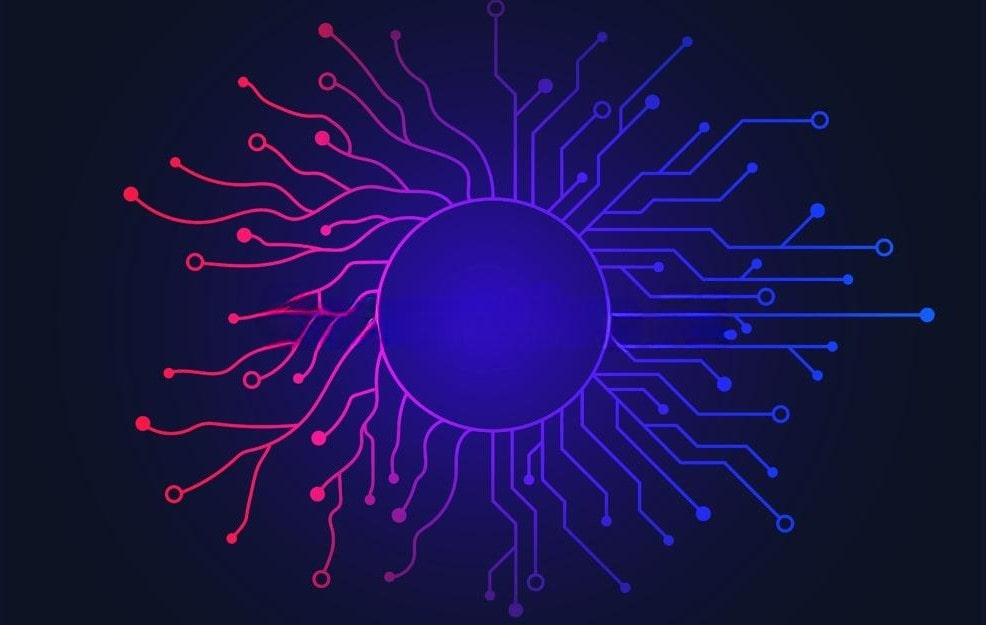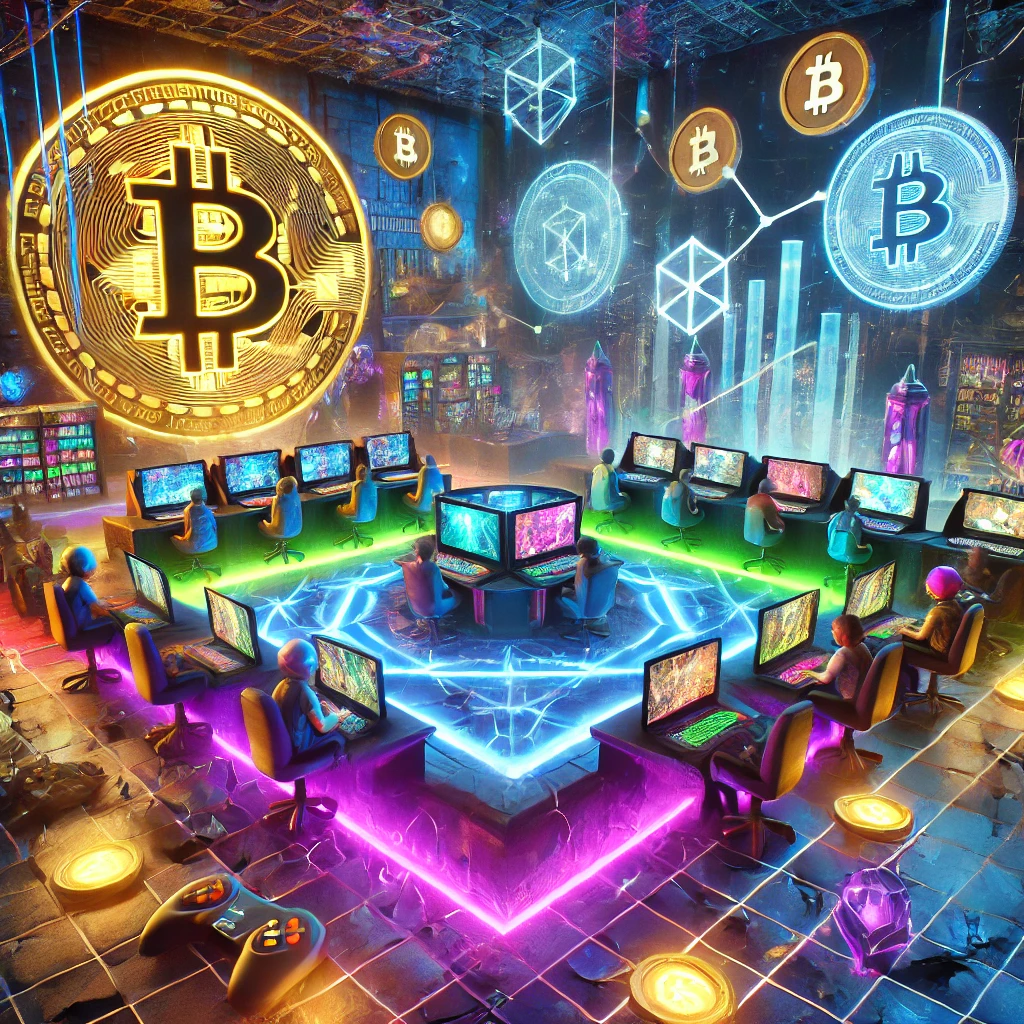Introduction
The gaming industry is on the brink of a seismic shift, thanks to generative AI technologies like Stable Diffusion and Dreambooth. These advancements promise to revolutionize game development by delivering high-quality, custom assets at unprecedented speeds and reduced costs. This transformation offers a glimpse into the future where anyone with basic AI tools can create complex game elements, significantly altering the landscape of game design.
What is Generative AI?
Generative AI refers to machine learning systems that create original content based on user inputs. While it has made strides in text and image generation, its potential spans animation, sound effects, music, and virtual characters. Unlike early AI in games, which was limited to scripted responses, modern generative AI leverages vast computing power to create complex and evolving content.
The Impact on Gaming
Generative AI is poised to disrupt the gaming industry in several profound ways:
- Accessible Creativity: Artists and developers can now produce high-quality images and assets quickly, a process that previously took weeks. This efficiency expands creative possibilities and democratizes game design.
- Enhanced Iteration: AI tools allow for rapid and iterative creation of variations, offering near-instant results and enabling continuous refinement of game assets.
- Cost and Time Efficiency: The traditional trade-off between cost, quality, and speed is collapsing. Developers can achieve high-quality results at a fraction of the time and expense, potentially reducing production costs dramatically.
- New Game Genres and Experiences: AI enables the creation of entirely new game genres and experiences. Games like Microsoft Flight Simulator, which use AI to generate vast, detailed worlds from satellite images, are early examples of this potential.
Predictions for the Future
- Marketable Skills: Proficiency in using generative AI tools will become a sought-after skill, combining artistic vision with technical expertise.
- Increased Innovation: Lower production barriers will lead to a surge in creative and experimental game designs. Micro studios will rise, leveraging AI to create commercially viable games with minimal resources.
- Explosion of Game Releases: The ease of creating games with AI will lead to a dramatic increase in the number of games produced, heightening the need for improved discovery mechanisms.
- New Game Types: Generative AI will foster the development of novel game types and experiences that were previously impossible, such as dynamically generated content based on player input.
- Specialized AI Tools: Industry-specific AI tools will emerge, offering tailored solutions for game development, much like the success of Runway in the video creation space.
- Legal Challenges: The use of vast datasets to train generative models raises legal questions about copyright and fair use, potentially reshaping the landscape of AI-generated content.
Recommendations
- Early Adoption: Game developers should start exploring generative AI now to stay ahead of the curve and integrate these tools into their production processes.
- Focus on Unexplored Areas: Entrepreneurs should look for opportunities in less crowded areas of the generative AI market, such as creating comprehensive tool suites for game development.
Conclusion Generative AI is set to redefine the possibilities of game creation, making it easier and more cost-effective to produce high-quality content. As these tools advance, the dream of personalized, dynamically generated games may soon become a reality. For those interested in pioneering this new frontier, the time to engage with these technologies is now.
Reference:




